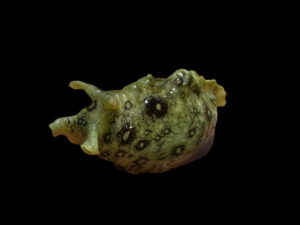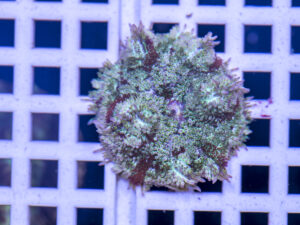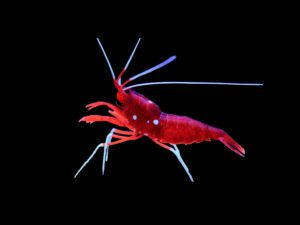Related products
-
Winged Sea Hare
$35.00Select options This product has multiple variants. The options may be chosen on the product page -
Pacific Sailfin Tang
$75.00Select options This product has multiple variants. The options may be chosen on the product page -
21%
Clean Up Crew Packages
$37.50 – $550.00Select options This product has multiple variants. The options may be chosen on the product page -
33%
Peppermint Shrimp
$15.00 – $100.00Select options This product has multiple variants. The options may be chosen on the product page -
25%
Gold Ring Cowrie
$10.00 – $37.50Select options This product has multiple variants. The options may be chosen on the product page -
-
Black Sea Cucumber
$25.00Select options This product has multiple variants. The options may be chosen on the product page -
-
Mantis Shrimp – Assorted
$75.00Select options This product has multiple variants. The options may be chosen on the product page -
Blood Shrimp
$400.00Select options This product has multiple variants. The options may be chosen on the product page -
25%
Astraea Snail
$10.00 – $75.00Select options This product has multiple variants. The options may be chosen on the product page -
12%
Strombus Snail
$12.50 – $110.00Select options This product has multiple variants. The options may be chosen on the product page
Blue Linckia Starfish
Please Note: Due to variations within species, your item may not look identical to the image provided. Approximate size range may also vary between individual specimen.
Deep dive >
Quick Stats
- Dietry Requirements
- Compatible With
- Maximum Invert Size (cm)
- Minimum Tank Size (L)
- Same Species Aggression
- Other Species Aggression
- Care Requirements
The Blue Linckia Starfish is certain to be the shining star for the dedicated reef aquarium enthusiast. The unusual blue colour of this sea star is truly remarkable and this standout colour makes the Blue Linckia Starfish a beautiful focal point.
In the wild, the Blue Linckia Starfish is found in the sunny areas of the reef and reef fringe, constantly foraging for food. In the home aquarium setting, the Blue Linckia Starfish prefers a well-lit sandy or coral rubble substrate, with many rocky hiding places. The Blue Linckia Starfish is generally solitary, but it will tolerate other starfish in the aquarium.
The Blue Linckia Starfish is very intolerant of sudden changes in oxygen levels, salinity and pH of the water, and cannot tolerate copper-based medications. The drip-acclimation method is highly recommended for all Sea Stars due to their intolerance to changes in water chemistry. The Blue Linckia Starfish should never be exposed to air while handling, and should be carefully monitored for the presence of a small parasitic snail, Thyca crystallina. In the wild, the Blue Linckia Starfish is capable of regenerating a new starfish from almost any portion of its body that might break off. In the home aquarium, this is far less likely.
Small pieces of clam meat can be placed under the Blue Linckia Starfish to supplement its diet.
Related products
-
-
Short Spine Urchin
$25.00Select options This product has multiple variants. The options may be chosen on the product page -
12%
Strombus Snail
$12.50 – $110.00Select options This product has multiple variants. The options may be chosen on the product page -
33%
Peppermint Shrimp
$15.00 – $100.00Select options This product has multiple variants. The options may be chosen on the product page













